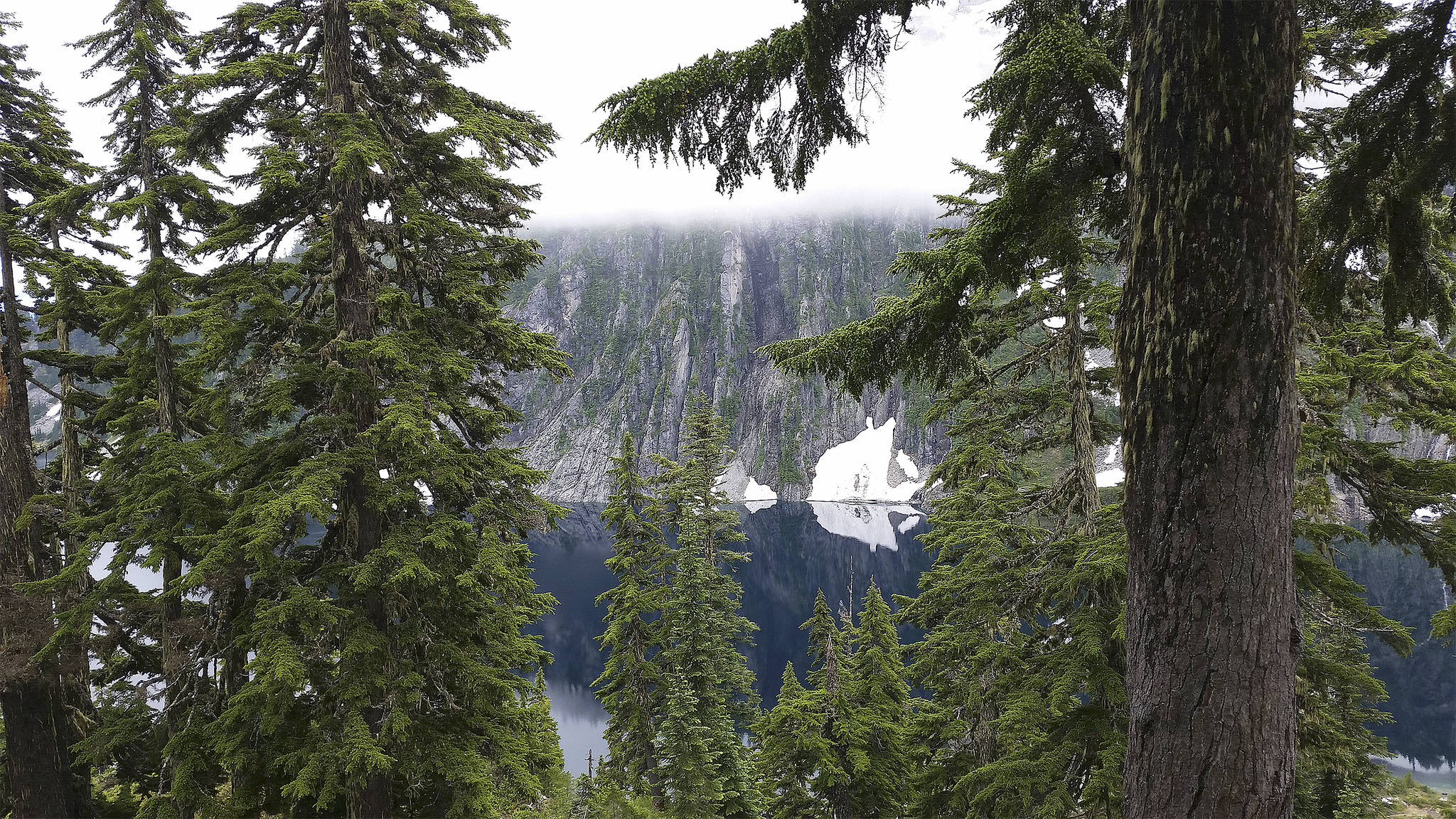Washington state has released a new 10-year update to to its forest plan, which charts ways it will manage forestland over the next decade.
The plan was released by the state Department of Natural Resources, and updates their 2010 plan. Forests in the state are threatened by a number of factors including disease, pests, drought, development and climate change.
For example, between 2015 and 2019, the number of acres affected by insects and disease nearly doubled, likely as a result of severe drought. Last year, there were at least 658,000 acres of forestland with tree mortality, defoliation or fungal disease, with the majority likely stemming from bark beetle damage.
This insect disease is likely due, in part, to the drought experienced that year. It was the ninth driest year on record, and the driest in the since 1985, according to the forest plan.
Development is another concern, said Andrew Spaeth, committee coordinator for the Department of Natural Resources’ Forest Health Advisory Committee. Especially in Western Washington, where land for development around expensive cities is in high demand.
“We need to find ways to support things like affordable housing while at the same time protecting our ecosystems, which are really the lungs of our planet and provide so many benefits for human health and well-being,” Spaeth said. “Fish and wildlife, water, you name it. All the critical things that we and every other living being on this planet rely on.”
Especially in places like King County, Spaeth said significant amounts of forestland have already been lost since the region began developing. Most of the old growth forests in Western Washington have been cut down already.
King County recently completed a program to plant 1 million trees. It exceeded that number, and planted 1.122 million trees last year. It’s also working on a 30-year forest plan, which could be finalized by the end of this year.
Kathleen Wolf, King County Department of Natural Resources and Parks’ forest program manager, said the 30-year forest plan stemmed from the 2015 strategic climate action plan. The plan will be implemented in five year segments, and will focus on a variety of priorities ranging from climate and forest health to human health and salmon recovery.
“It’s really thinking about how can we get going on these projects as quickly as possible,” Wolf said.
The forests in the Pacific Northwest can be productive, but also can be massive carbon sinks, meaning they take in more CO2 than they emit. One of the goals of the state’s 10-year plan is to replace existing trees with varieties that will be able to adapt to climate change.
The Douglas Fir in particular soaks up carbon. Former tree plantations in the area were generally planted with red alders, which have a lifespan of a century or less. If these aging trees in the county are replaced with conifers like firs, the new trees can live for more than 300 years, storing carbon for a longer time.
The state’s plan calls for removing species that are poorly adapted for their location, or will be in the future, and replacing them with species that will do better amid climate change. But which specifics on what kinds of trees will be planted, and where, varies considerably across the state.
“Really the soils, the aspect, the topography, all of those things matter a heck of a lot,” Spaeth said.
Wolf said in King County, the trick is finding seedlings that can handle both cold winters and warm summers. They’re working with Seattle Public Utilities to find seeds that can handle the climate.
Wildfires are a concern too. Last fall, the state Department of Natural Resources approved a 10-year fire plan. It included goals of increasing the number of full-time firefighters, which during the winter and spring would work to make the forests healthier and less prone to fires. Also included was budget requests for more equipment like trucks and aircraft.
The state is also planning to restore some 1.25 million acres of forest through selective thinning and prescribed burns. In 2015, it was estimated that nearly 2.7 million acres of forestland in Eastern Washington needed to be treated to increase resilience against insects, diseases and wildfires.
Western Washington, which has historically seen fewer large-scale fires, is not immune. It’s expected that the average area burned each year in the Pacific Northwest will triple by the 2040s if greenhouse gas emissions continue at a moderate rate.
Talk to us
Please share your story tips by emailing editor@kentreporter.com.
To share your opinion for publication, submit a letter through our website https://www.kentreporter.com/submit-letter/. Include your name, address and daytime phone number. (We’ll only publish your name and hometown.) Please keep letters to 300 words or less.

